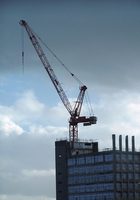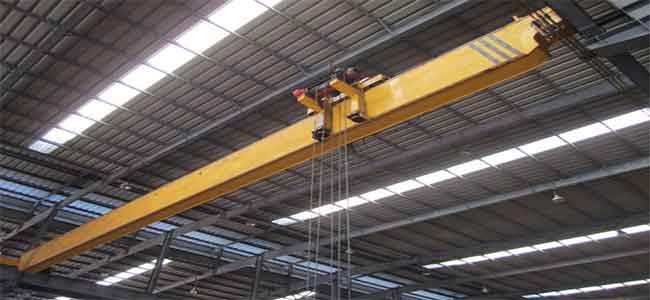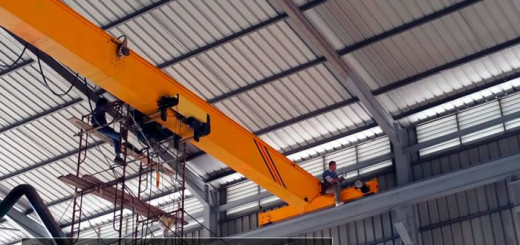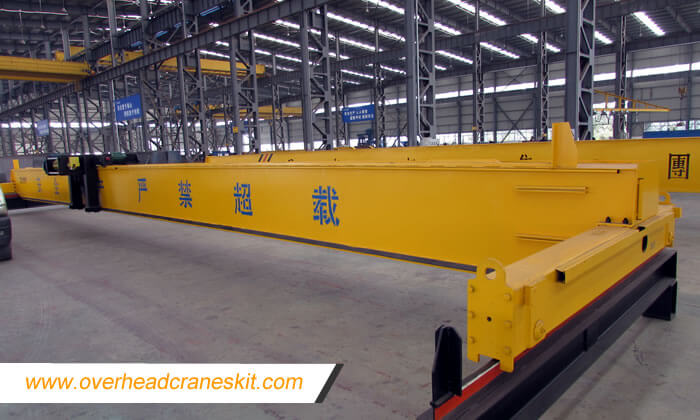Overhead Crane Wiki: Crane Safety Inspection Checklist
Cranes are large machines, generally used on construction sites to lift, move or work on heavy or inaccessible areas. These machines are meant to be used to help make the work site safer for construction workers by not requiring them to try to lift a heavy object or get into an unsafe work area. Cranes must be periodically inspected for safety and maintained to ensure that they are helping to keep workers safe rather than posing a possible hazard.
Physical Safety
- When conducting a safety inspection of a crane, supervisors must ensure that the crane is safe physically for their workers to use. This includes making sure that the crane is properly secured to either the ground or the building to ensure that it will not tip or fall while in use. Employers should also note whether or not there is an installed emergency stop switch or button in the cab of the crane. Before using the crane, all moving parts of the crane should be inspected to note whether they are properly functioning.
Clear Space
- An area surrounding the crane should be clear from all workers, debris and any potential hazards, such as other building material, that could interrupt the safe movement of the crane. This area should correspond to the size of the crane being used and should be cleared prior to and during use of the crane. No employee should be allowed within this area during use because of the risk of something falling from the crane. All materials being lifted by the crane should be securely attached to the crane before being moved.
Certification
- The employer should also note who is authorized to use the crane during their safety audit. This helps to quickly identify operators in case of an emergency. It also makes it easier for the employer to check and make sure that all operators have been trained to use the crane safely and received any necessary certification prior to use of the crane. Any employees who have not received proper safety and functional training on a crane should not be allowed to use it until the certification requirements have been met.





